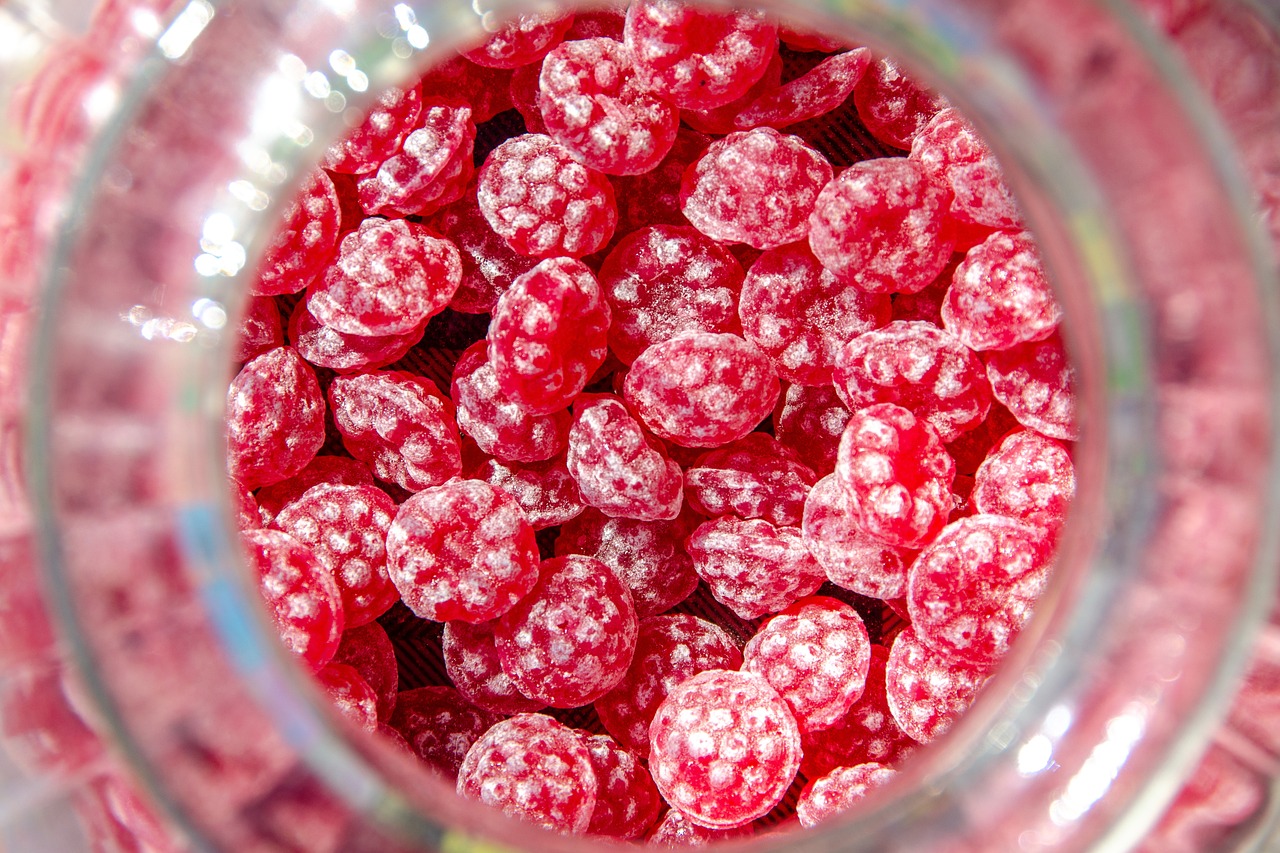The FDA has finally banned the use of Red No. 3, a synthetic dye once widely used in food and drinks. This decision comes after years of pressure from consumer groups and lawmakers who warned of its potential cancer risks. The move is a huge victory for public health advocates.
The dangers of Red No. 3
Red No. 3 is the dye that gives products like candies, cereals, cherry-flavored fruit cocktails, and strawberry milkshakes their bright red color. Despite the cancer concerns, it was still being used in over 9,200 food items, many made by major food brands. Advocacy groups like the Center for Science in the Public Interest (CSPI) have long called for the ban.
Tumor studies lead to ban
In a statement, FDA Deputy Director Jim Jones confirmed the ban, citing evidence that high doses of Red No. 3 caused tumors in male rats. “We can’t allow any food additive that causes cancer,” Jones stated. The ban will take effect in 2027 for food products, and in 2028 for drugs and supplements.
A long-delayed action
The dye’s link to cancer dates back to the 1980s, when studies first showed tumors in lab rats. Since then, consumer groups have demanded the FDA revoke its approval. “This is long overdue,” said Dr. Peter Lurie of CSPI. “Red No. 3 was banned in cosmetics in 1990. It should have been banned in food long ago.”
But the ban isn’t just a win for health. It also marks a shift in FDA policy. Red No. 3 was previously deemed safe for food, despite its ban in cosmetics. The FDA’s new stance aligns with the Delaney Clause, which mandates that any substance causing cancer in animals or humans must be banned in food.
States lead the charge
California and ten other states had already taken action to restrict or ban Red No. 3, leading the way in consumer health protection. Lawmakers like California’s Jesse Gabriel have pushed hard for national reforms, even introducing state-level bans and bills aimed at curbing artificial dyes in school food.
“It’s a huge win for our health,” said Melanie Benesh of the Environmental Working Group. “Now, we need the FDA to continue scrutinizing other artificial dyes.”
Food manufacturers must adapt
The decision also puts pressure on food manufacturers. While some companies have already removed the dye from their products, others must now meet the FDA’s deadline. Sarah Gallo of the Consumer Brands Association said companies would comply, emphasizing that safety remains their top priority.
“We have always supported science-based regulation,” Gallo said. “The FDA’s decision will guide the food industry as we continue to ensure safe, available products.”
The beginning of a safer food supply?
Red No. 3’s replacement in food and drink may take time, but it’s a step toward a healthier, safer food supply. With the FDA’s growing focus on food safety, this may only be the beginning of a larger movement against potentially harmful additives.
Some experts hope this decision sparks a closer look at other synthetic dyes. Artificial food colors have long been linked to behavioral issues in children, though the FDA has not confirmed a direct link between dyes and hyperactivity. For now, the focus is on removing cancer-causing chemicals from food.
The move is timely, as it precedes Robert F. Kennedy Jr.’s Senate confirmation hearings for Health and Human Services Secretary. Kennedy has pledged to prioritize removing artificial dyes from the food supply, making this decision even more significant.
A step forward for consumer safety
Red No. 3’s ban is not just a victory for health advocates—it’s a sign of growing public pressure for safer food. As consumer demand for transparency and safety increases, the FDA’s actions may encourage further scrutiny of the food industry.
